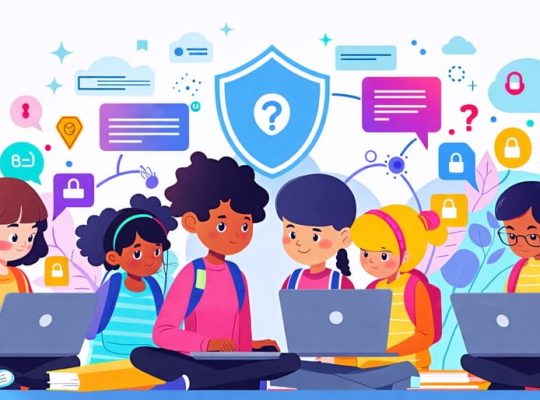Empowering Kids: 7 Cyber Safety Essentials Every Child Needs to Know
Teach elementary students to never share personal information online like their full name, address, phone number or school name. Establish clear rules about what sites kids can visit, who they can interact with, and for how long. Actively monitor children’s online activities, keeping computers in common areas and using parental controls. Foster open communication so kids feel comfortable coming to you with any concerns, questions or if something makes them uncomfortable online. Empower students with the knowledge and confidence to speak up if they encounter cyberbullying, predatory behavior or inappropriate content.
…










